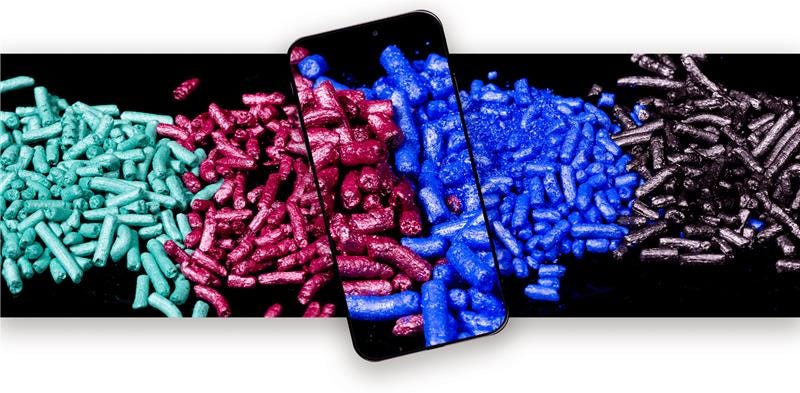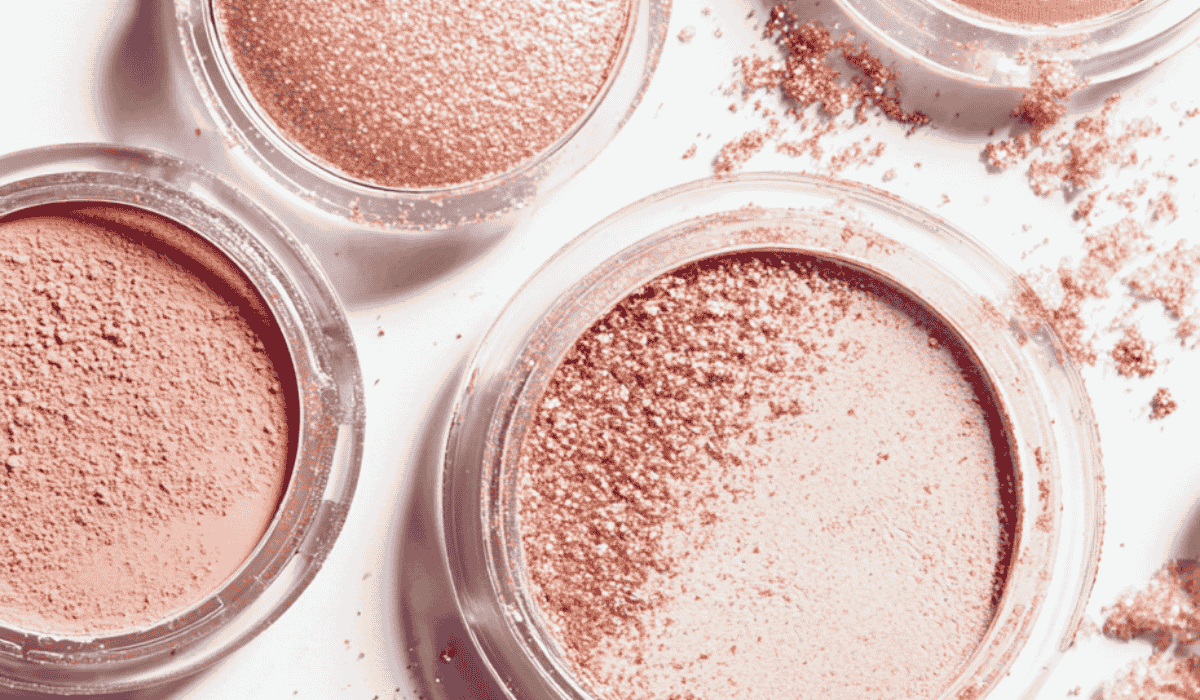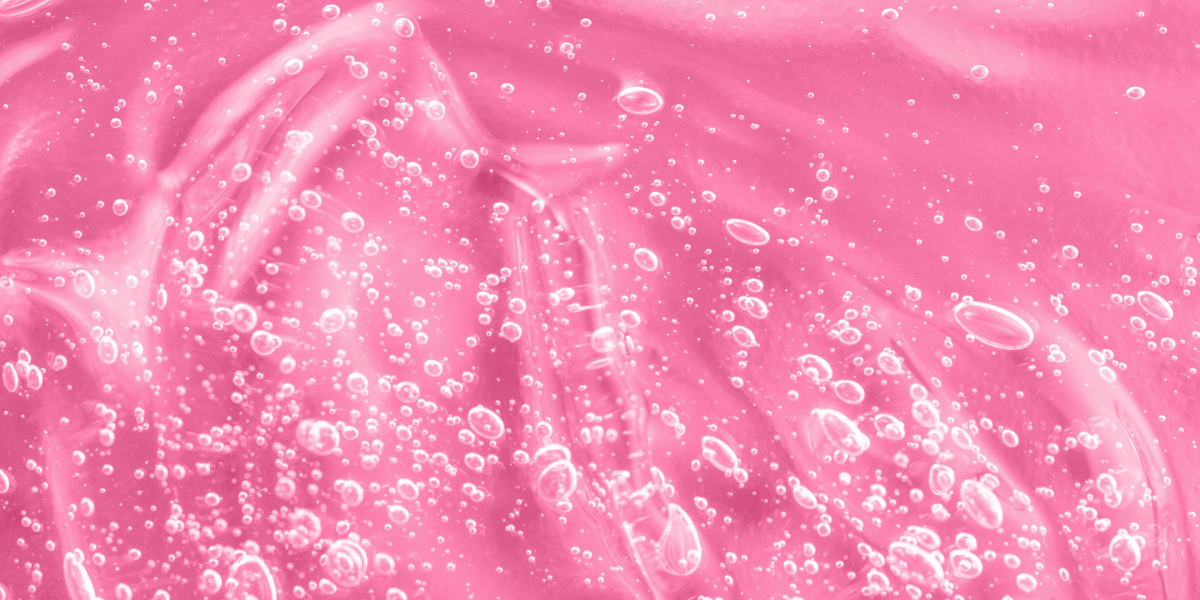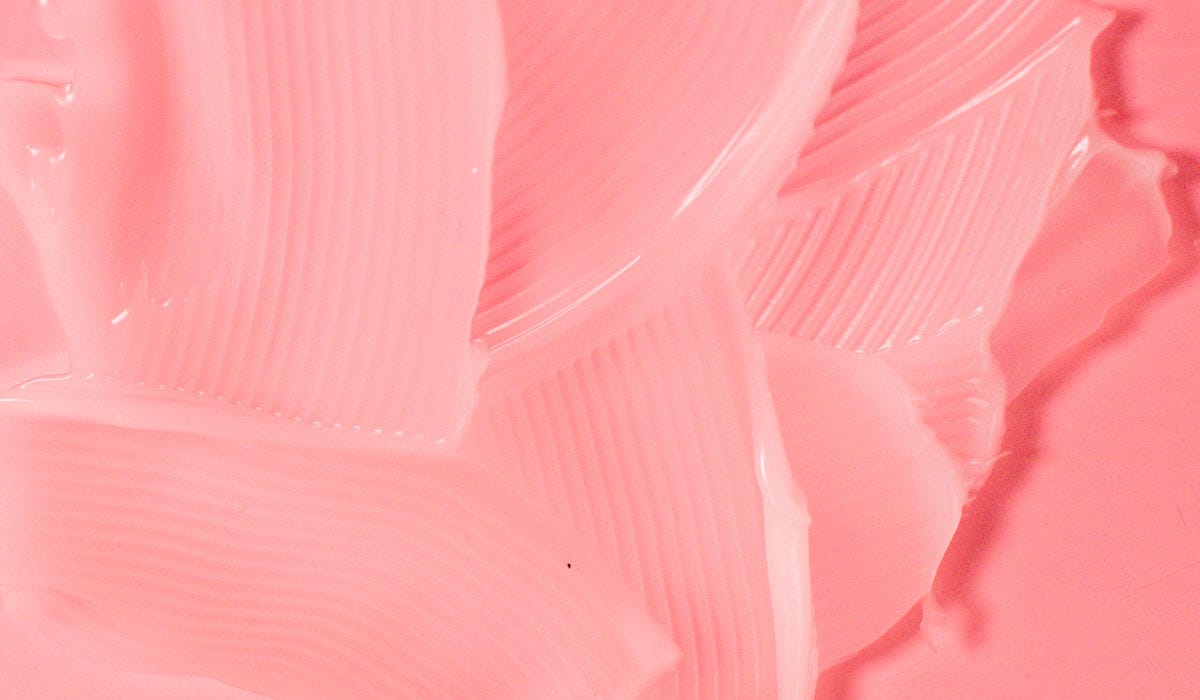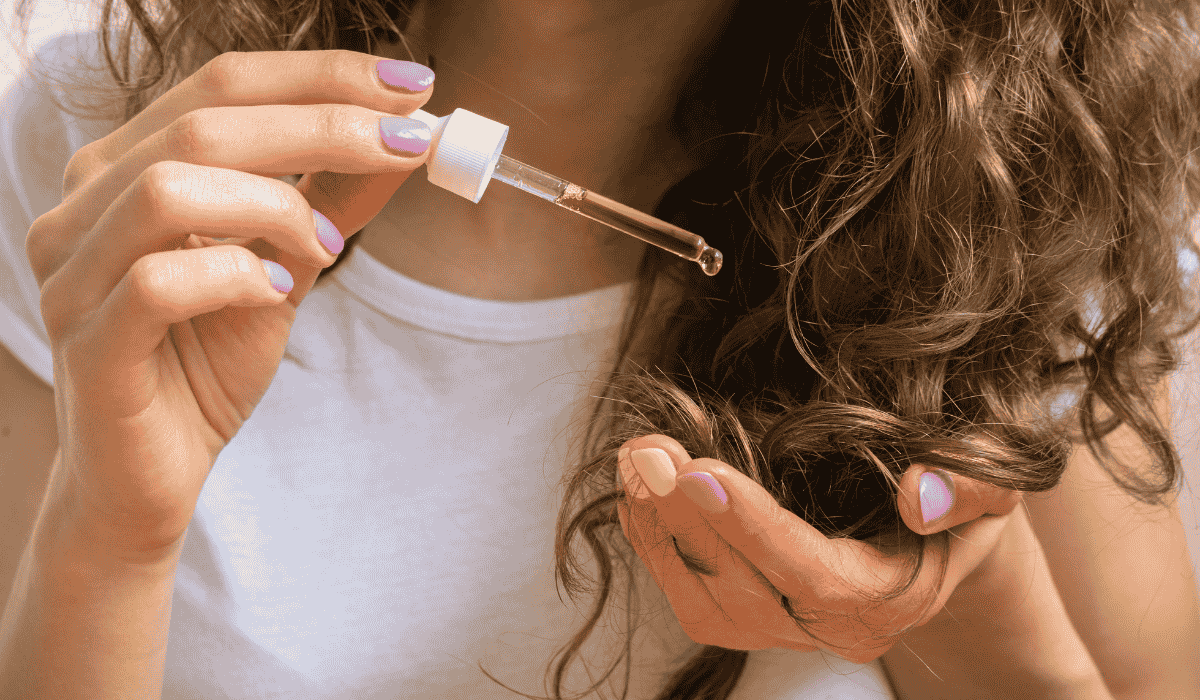Anhydrous Formulations 101: A Formulator’s Guide to Waterless Skincare
As consumer demand for sustainable, minimalist, and clean beauty continues to rise, anhydrous formulations—also known as waterless skincare—have become a growing focus for cosmetic formulators and indie beauty brands. These innovative products are made without water, relying instead on emollients, oils, butters, and waxes to deliver concentrated actives and rich sensorial experiences. Whether you're formulating a solid balm, oil-based serum, or preservative-free product, anhydrous formats offer unique advantages in performance, stability, and sustainability.
Why Choose Waterless Beauty? The Benefits of Anhydrous Formulations
Formulators and brands alike are turning to waterless cosmetic formulations not just as a trend, but as a smart, sustainable innovation. Here’s why anhydrous formulations are gaining traction in modern product development:
Environmentally Friendly and Sustainable
Water is one of the most overused resources in traditional skincare and personal care products. By shifting to anhydrous skincare, brands can significantly reduce their water footprint while cutting down on bulky packaging. These formulations support a cleaner, more eco-conscious beauty industry.
Naturally Longer Shelf Life
One of the standout advantages of formulating without water is the extended shelf life. Without water, there's less risk of microbial growth, which means many anhydrous products can be made preservative-free—a key benefit for clean and minimalist beauty brands.
High-Potency Formulas with Active Ingredients
Because there’s no water to dilute the formula, anhydrous cosmetic products often feature higher concentrations of active ingredients. This makes them especially appealing for brands looking to deliver visible results in compact, concentrated formats.
Enhanced Sensory Appeal
From velvety balms to rich body butters, anhydrous formulations offer unique textures and sensorial experiences that can’t be achieved with water-based systems. They’re ideal for creating indulgent skincare products with a luxurious feel—without sacrificing performance or stability.
Popular Product Formats in Anhydrous Skincare
As the demand for waterless beauty products continues to rise, cosmetic formulators are exploring a wide range of anhydrous product formats. From traditional balms to modern stick serums, these products offer versatility, high performance, and unique textures that stand out in the market.
- Lip Balms, Body Butters & Solid Moisturizers: Classic yet essential, these anhydrous formulations rely on oils, butters, and waxes to deeply hydrate and protect the skin. With no water in the formula, they’re rich, occlusive, and perfect for dry skin or barrier repair.
- Oil-Based Serums and Facial Oils: Highly concentrated and customizable, anhydrous serums offer targeted delivery of active ingredients like vitamins, antioxidants, and botanical extracts. They’re ideal for preservative-free formulation and pair well with other minimal or clean beauty offerings.
- Cleansing Balms and Oil Cleansers: These non-foaming, gentle cleansers use anhydrous emulsifiers and oils to dissolve makeup and sebum without stripping the skin. They’re a go-to for sensitive skin formulations and support the trend toward minimalist skincare routines.
- Solid Bars, Sticks, and Multi-Use Balms: Whether it’s a solid SPF stick, color balm, or massage bar, these waterless cosmetic formulations are travel-friendly, low-waste, and offer a mess-free user experience. They’re gaining popularity in both skincare and hybrid beauty categories.
Key Ingredients for Anhydrous Cosmetic Formulations
When creating effective and stable anhydrous skincare products, ingredient selection is everything. Without water, your base must deliver both performance and a desirable sensorial experience. Below are the most common anhydrous ingredients used in modern waterless beauty formulations, along with why they matter.
- Carrier Oils and Esters: Carrier oils like jojoba oil, squalane, and caprylic/capric triglycerides form the foundation of many oil-based cosmetic formulations. These ingredients help with glide, skin nourishment, and absorption. Light esters like isoamyl laurate and coco-caprylate add a silky, dry-touch feel and improve spreadability—ideal for face oils, serums, and balms.
- Butters for Texture and Richness: Shea butter, cocoa butter, and mango butter bring richness and body to anhydrous skincare. These natural butters contribute to moisturization and can be used to thicken or solidify the final product, depending on use level. They’re excellent for lip balms, body butters, and barrier-focused treatments.
- Waxes for Structure and Stability: Waxes like beeswax, candelilla wax, and carnauba wax add hardness and help stabilize solid formats. In waterless cosmetic formulations, they play a critical role in keeping products temperature stable and maintaining product integrity over time.
- Emollients and Sensory Modifiers: To refine the feel of the formula, add anhydrous emollients like isohexadecane, polybutene, or hydrogenated polyisobutene. These ingredients help reduce greasiness, improve slip, and enhance the overall sensorial profile—key for creating elegant, high-performance products that appeal to consumers.
- Powders and Actives: Anhydrous formats can also deliver powdered active ingredients, pigments, or physical exfoliants. Choosing ingredients that are oil-dispersible (or that can be surface-treated for better dispersibility) is essential for stability and efficacy. Look for anhydrous-compatible actives like vitamin E, bakuchiol, and encapsulated ingredients.
Challenges of Formulating Anhydrous Skincare Products
While anhydrous formulations offer sustainability, potency, and innovation, they also come with unique formulation and stability challenges. Understanding these early in the development process can help formulators avoid common pitfalls when creating waterless beauty products.
- Texture and Crystallization Issues: Creating the right texture without water requires careful balance. Ingredients like butters and waxes may crystallize over time, especially if the formula isn't cooled properly during production. This can lead to gritty or unstable textures in lip balms, body butters, or solid serums. Using a controlled cooling process and selecting the right ratios of emollients and structuring agents is essential.
- Difficulty Incorporating Certain Actives: Many water-soluble actives aren’t compatible with anhydrous cosmetic formulations, limiting your options for ingredient loading. This means formulators must either find oil-dispersible actives, use encapsulated versions, or work with stabilized oil-compatible extracts. For brands wanting to highlight key performance claims, this can require creative reformulation.
- Stability and Melting Point Concerns: Anhydrous products—especially balms, sticks, or butters—are more sensitive to temperature fluctuations. High ambient heat can lead to melting or leaking, while cold environments can cause hardening. Ensuring a stable melting point and product integrity means using a thoughtful combination of waxes, esters, and emollients.
- Sensory Balance Without Water: Without water to help cut through heavy oils and butters, anhydrous skincare can feel greasy or overly occlusive if not carefully balanced. Sensory modifiers like isohexadecane, polyisobutene, or light esters can improve glide and skin feel, giving the final product a more sophisticated and pleasant finish.
Formulation Tips for High-Performance Anhydrous Products
Crafting effective, stable, and sensorially appealing anhydrous skincare formulations takes precision and planning. Whether you're developing a waterless balm, solid serum, or preservative-free oil blend, these tips will help ensure your formula performs well in both the lab and the real world.
- Choose the Right Base for Texture and Application
- The foundation of any anhydrous cosmetic product lies in the right combination of oils, esters, and butters. Light, fast-absorbing emollients like isoamyl laurate or coco-caprylate can balance out heavier butters or waxes, helping reduce greasiness and improve spreadability.
- Incorporate Sensory Modifiers to Improve Feel
- To refine the sensory profile, use anhydrous emollients such as isohexadecane, polybutene, or hydrogenated polyisobutene. These ingredients deliver a silky, non-greasy finish and enhance user experience—especially important in leave-on products like serums and balms.
- Use Structuring Agents for Stability
- Solid formats need reliable structuring agents like beeswax, candelilla wax, or synthetic wax blends to maintain shape and prevent melting or softening. Carefully test melting points, especially if the product is designed for global distribution or warmer climates.
- Blend Oil-Compatible Actives Thoughtfully
- Select oil-dispersible actives or encapsulated ingredients designed for anhydrous systems. Be sure to validate compatibility, solubility, and dispersibility to prevent graininess or settling—especially for powdered actives or pigments.
- Pilot Test for Cooling, Pouring, and Performance
- The production process can significantly impact texture, crystallization, and stability. Always pilot batch and monitor cooling rates, pour temperatures, and fill levels to avoid post-production issues.
Regulatory and Labeling Considerations for Anhydrous Formulations
While anhydrous formulations simplify certain aspects of product development—like reducing or eliminating preservatives—they still require careful attention when it comes to labeling, safety, and compliance. Whether you're a contract manufacturer or an indie brand, understanding the regulatory landscape is key to bringing your waterless beauty products to market responsibly.
- Claims Like “Preservative-Free” and “Waterless” Must Be Substantiated: Formulating without water allows many brands to highlight the product as preservative-free or “no added water.” However, these claims must be used carefully. Be sure to confirm that all ingredients used are self-preserving, and that the product has been appropriately tested for stability and microbial safety.
- INCI Listing Requirements Still Apply: Even though water isn’t present, a full INCI list is still required for every ingredient used in the formulation. Be especially mindful when using blended oils, complex esters, or encapsulated actives that may contain multiple components.
- Consider Global Regulatory Differences: Labeling rules and acceptable claims can vary by region. For example, the EU may have different requirements around fragrance disclosure, vegan certification, or natural content versus the U.S. or Asia. Formulators should cross-check all product claims and ingredients against the regulatory standards of the regions they plan to sell in.
- Test for Heat Stability and Packaging Compatibility: Because anhydrous skincare products often come in solid or semi-solid formats, they’re more sensitive to temperature changes. Test products in both hot and cold conditions to prevent issues like melting, leaking, or shrinkage. Also, ensure that your packaging—especially tins, tubes, or sticks—is compatible with oil-based systems to avoid corrosion or leaching.
Inspiration from the Lab: Sample Anhydrous Formulations
Looking to get started with anhydrous formulation but not sure where to begin? Below are a few example product concepts designed to inspire your next waterless skincare innovation. Each one highlights different ingredients, textures, and application formats commonly used in preservative-free, oil-based formulations.
- 3-in-1 Blush Topper
- All Over Glow Highlighter
- Clean Slate Cleansing Balm Stick
- Fairy Dust Hair and Body Powder
- Head to Toe Serum Stick
- Illuminating Lip Balm
- Mineral Glow Balm
- Ooh la la lip balm
- Pout Perfecting Polish
- Stolen Kisses Lip Balm
- Sweet Cherry Cheeks Blush
- You’re Blushing Lip and Cheek Gloss

